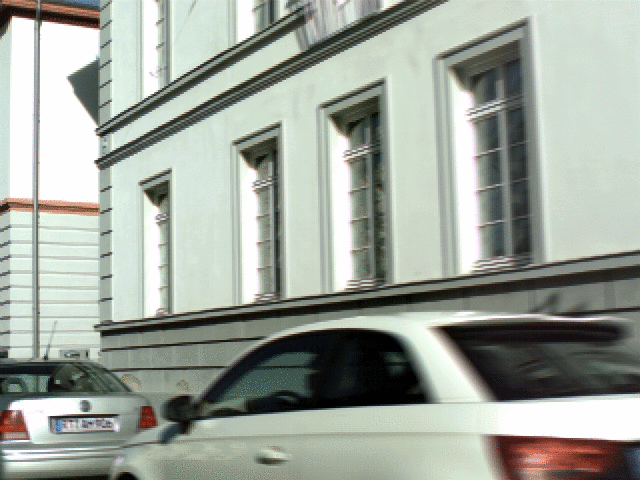Self-Supervised Linear Motion Deblurring
Motion blurry images challenge many computer vision algorithms, e.g, feature detection, motion estimation, or object recognition. Deep convolutional neural networks are state-of-the-art for image deblurring. However, obtaining training data with corresponding sharp and blurry image pairs can be difficult. In this paper, we present a differentiable reblur model for self-supervised motion deblurring, which enables the network to learn from real-world blurry image sequences without relying on sharp images for supervision. Our key insight is that motion cues obtained from consecutive images yield sufficient information to inform the deblurring task. We therefore formulate deblurring as an inverse rendering problem, taking into account the physical image formation process: we first predict two deblurred images from which we estimate the corresponding optical flow. Using these predictions, we re-render the blurred images and minimize the difference with respect to the original blurry inputs. We use both synthetic and real dataset for experimental evaluations. Our experiments demonstrate that self-supervised single image deblurring is really feasible and leads to visually compelling results.
PDF Abstract




